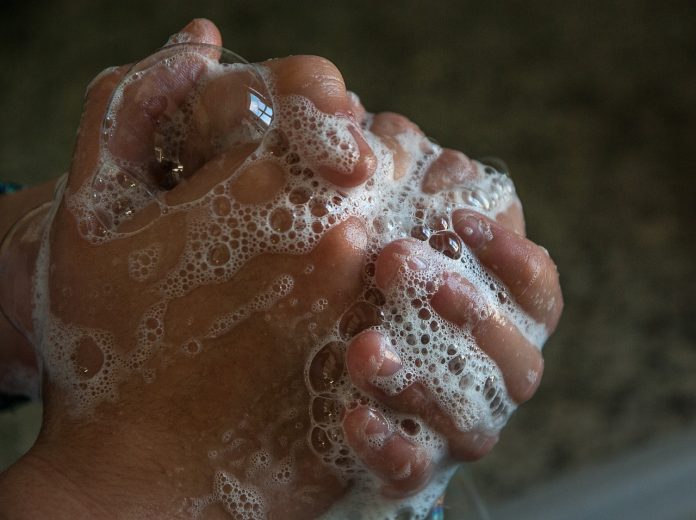UNIVERSITY PARK, Pa. — As autumn temperatures fall, messages surrounding health, safety and virus prevention unfold.
While many people can identify the signs of the common cold or flu, they may not be familiar with a lesser-known illness that is impacting communities and college campuses this fall: hand, foot and mouth disease.
Contagious
Hand, foot and mouth disease (HFMD) is a highly contagious illness caused by several different viruses. Although not often characterized as a serious illness, HFMD may cause a series of unpleasant symptoms including fever, painful mouth sores and skin rash.
Hand, foot and mouth disease is most common in infants and young children, but can spread among adults, particularly those in close living environments.
In recent months, a sharp increase of reported HFMD cases has been documented at college campuses across the eastern United States. Students are encouraged to recognize the symptoms and be mindful of prevention methods.
Symptoms
HFMD usually starts as a fever, and within one to two days is accompanied by small red dots in the back of the mouth that grow into painful blisters.
A skin rash on the palms of the hands and soles of the feet also is common, giving the illness its hallmark name.
Other symptoms may include sore throat, reduced appetite and general feelings of being unwell.
Symptoms of HFMD typically present three to five days after exposure to the virus, however, not all infected individuals will show symptoms.
During the week following contact, an infected individual is considered most contagious and able to pass the virus along to others — with or without symptoms.
HFMD is most commonly spread through close personal contact, airborne particles spread by coughing and sneezing, and contact with contaminated objects and surfaces.
It also is possible, yet less common, to become infected through contaminated swimming pool water.
The viruses that cause HFMD can be found in an infected person’s nose or throat secretions, blister fluid and feces.
Treatment
There is no specific treatment for HFMD; rather, symptoms are treated with over-the-counter pain relievers and mouthwashes/sprays.
The most important prevention methods include:
- Washing hands frequently with soap and water.
- Disinfecting dirty/high-contact surfaces.
- Avoiding close contact with known infected individuals.
- Eliminating sharing food/drink/utensils with others.













